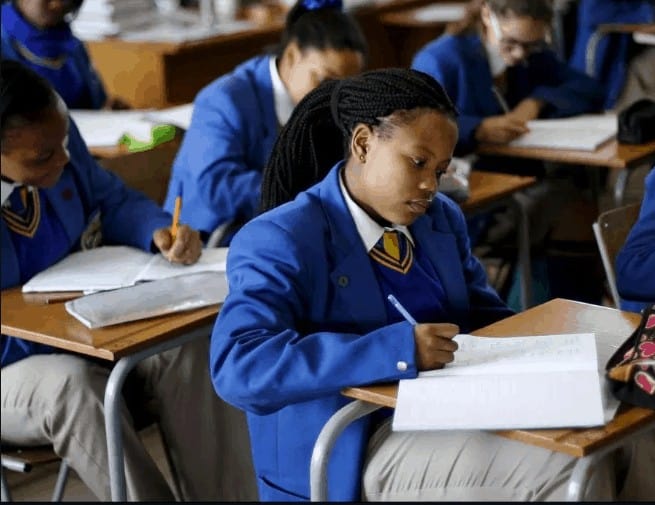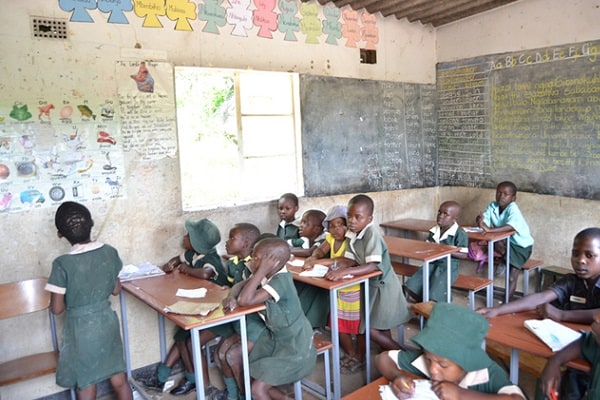Once venerated as one of the countries with the most educated populace on the continent, a preliminary education survey has revealed that nearly a million Zimbabweans aged four years and above are illiterate.
According to the Zimbabwe National Statistics Agency (ZimStat), the landlocked southern African nation recorded a 2,3% decline in literacy rate from 96% in 2012 to 93,7% in 2022.
The survey also revealed that 6% of the country’s population aged from four years and above have never been to school.

With the current population pegged at 15 million, it means that about 900 000 Zimbabweans have never set their foot on the classroom.
Zimstats said the literacy rate in the country is higher among men at 95,2% compared to 92,4% for women.
According to Zimstats, some of the benchmarks used to measure the literacy rate included the population aged at least 15 years, which has completed at least Grade 3 being classified as literate.
“The 2022 population and housing census collected information on the reasons for leaving school. Among the population aged four to 24 years, 44,9% cited financial constraints as the main reason for leaving school,” partly reads the ZimStats report.
The report further revealed that marriage for pregnancy-related reasons stands at 18,2%.
“About 52 % of the males left school due to financial constraints, compared with 38,8% of females. Marriage or pregnancy-related reasons were cited more among females (31,7%) than males (3%). Financial constraints were the main reasons why persons aged four to 24 years left school for both rural (50,2%) and urban (36,7%) areas. This was followed by marriage or pregnancy-related reasons for both rural (19,8%) and urban areas (15,7%),” the report added.
The latest report comes in the wake of another survey conducted earlier this year which showed that parents and guardians could no longer afford paying school fees, with only 26% able to meet education expenses for their children.
Conducted through telephone interviews by ZimStat in partnership with the World Bank and United Nations International Children’s Emergency Fund, the survey was based on the poverty, income, consumption and expenditure surveys of 2017 and 2019.
The highest proportion of school attendance, according to the results, was recorded in Masvingo province (71,6%) and the lowest proportion of 63,5% was recorded in Mashonaland Central province.
Zwnews













